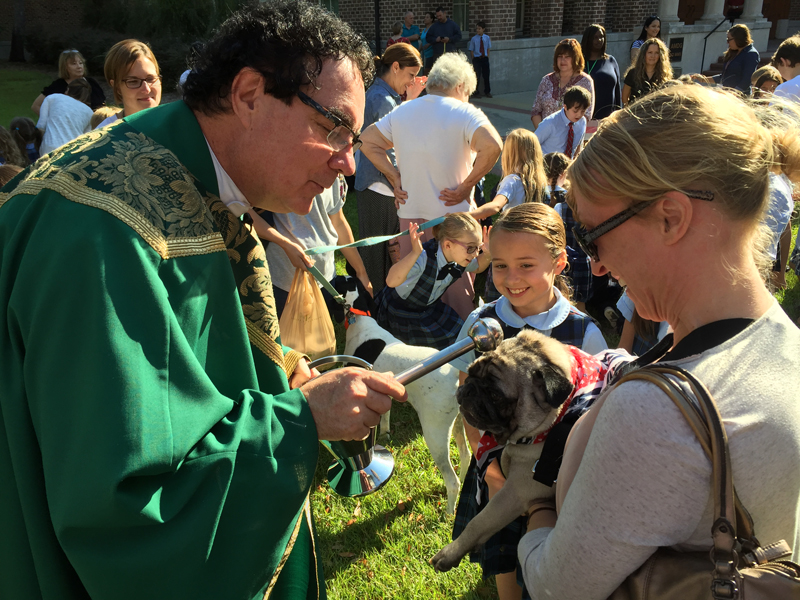
Summer is the season of green. The hue is everywhere — on trees, shrubs, flowering plants.
You might also notice that it is the color of the vestments priests wear at Mass.
There is a specific reason for this, not just a seasonal fashion choice.
Green vestments are worn because these months are part of two periods in the liturgical year known as Ordinary Time.
Ordinary Time officially began on the Monday after Pentecost Sunday (June 4) and will continue until Dec. 2, the Saturday before the first Sunday in Advent. The other segment begins on the day after the feast of the Baptism of the Lord and continues until the day before Ash Wednesday.
The weeks of Ordinary Time are numbered on the liturgical calendar, and both segments include celebrations of holy days and special feasts and solemnities, such as Trinity Sunday, which was celebrated June 11, and the Feast of Christ the King, or Corpus Christi, coming up on June 18.
On these holy days and special feast days, priests wear vestments appropriate to those celebrations rather than the green worn at other liturgies during Ordinary Time.
The name Ordinary Time is an English translation from the Latin designation for the season, Tempus per Annum, or “Time Throughout the Year.” The use of ordinary is not meant to suggest that the 33 weeks of observance are common or humdrum. Instead, “ordinary” is used because of its root in the Latin ordo, meaning time and order.
Spiritual leaders also stress the fact that there is nothing ho-hum or laid back about it when it comes to the spiritual life of people in the pews.
In its guide to the liturgical year, the United States Conference of Catholic Bishops describes Ordinary Time as “the time of conversion” and a time for “living the Life of Christ.” In other words, these are the weeks when the faithful should live out lessons learned from preparation during Advent and Lent, and from celebration of the joyful seasons of Christmas and Easter.
“Ordinary Time is a time for growth and maturation, a time in which the mystery of Christ is called to penetrate ever more deeply into history until all things are finally caught up in Christ,” the bishops write. “The goal, toward which all history is directed, is represented by the final Sunday in Ordinary Time, the Solemnity of Our Lord Jesus Christ, King of the Universe.”
Our Sunday Visitor recently published a guide to observing Ordinary Time, which offers the faithful a basic to-do list of how to make the season a fulfilling time of growing in faith and purpose. Their suggestions include: deepen your prayer life, read and study Scripture, unite more deeply with the Lord in the Eucharist, attend Mass faithfully, keep a gratitude journal focusing on God’s daily gifts, and put faith into action by volunteering to help others in your parish or in the community.
Photo, Miscellany/Rose Ewing: Father Paul MacNeil wears the green vestment of Ordinary Time during a pet blessing at St. Peter Church in Beaufort in November 2016.


